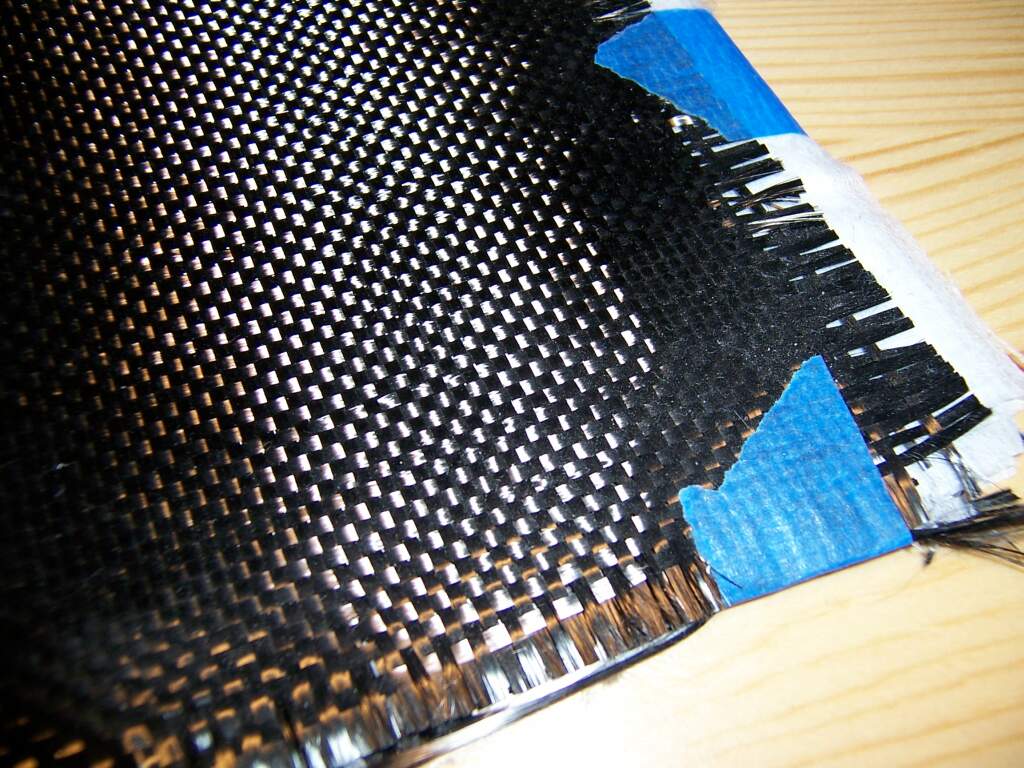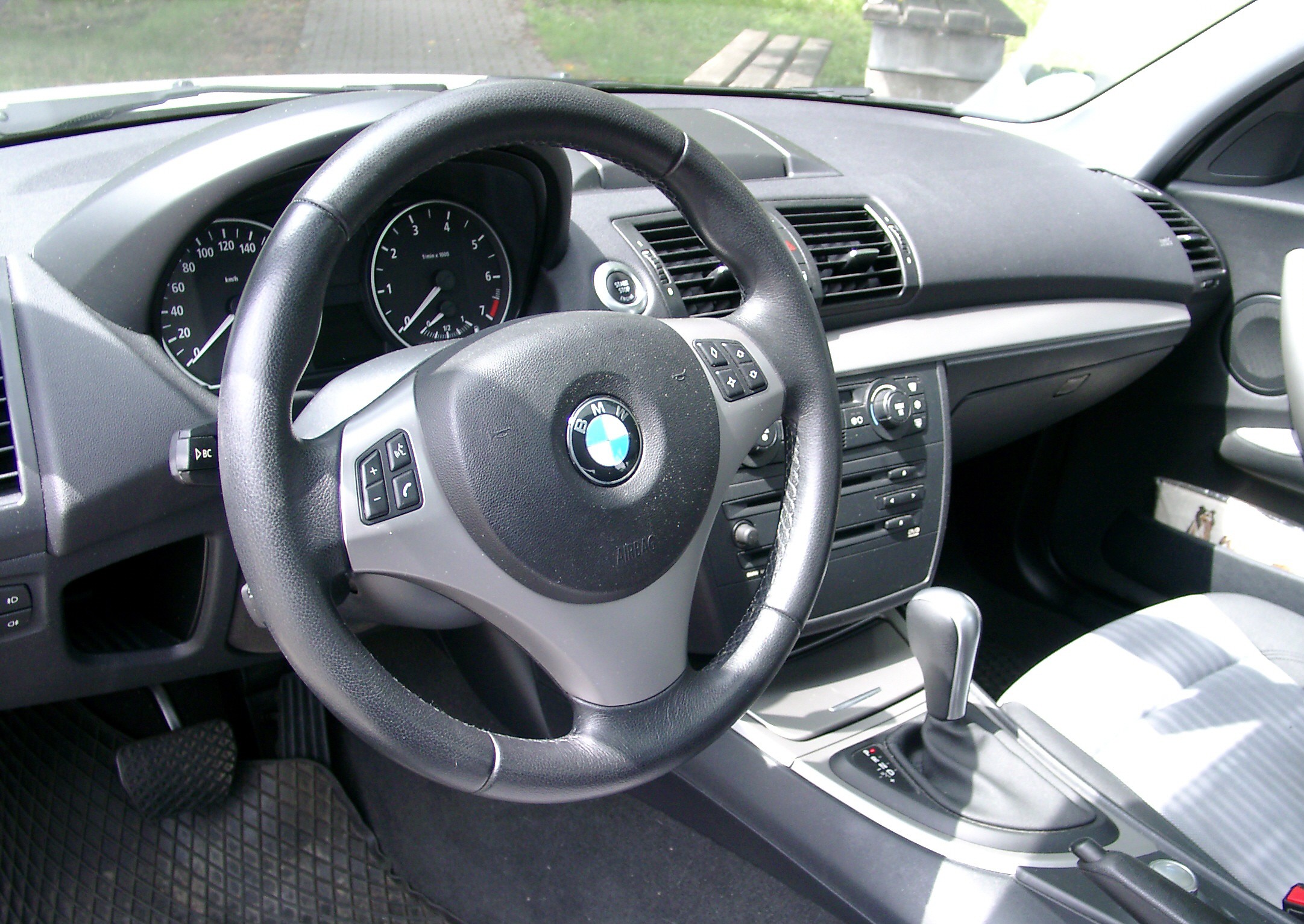|
BMW N45
The BMW N45 is a naturally aspirated four-cylinder petrol engine which replaced the BMW N40 and was produced from 2004-2011. It was produced alongside the BMW N46 engine and only sold in several countries, where vehicle taxes favoured small-displacement engines. The N45 is based on the N46, however it does not have balance shafts or Valvetronic (variable valve lift). As per the N42 and N46, the N45 has double-VANOS (variable valve timing). In 2007, the N45 was updated, which was called the N45N. In 2007, the N45's successor - the BMW N43 - was introduced. However, the direct-injected N43 was not sold in countries with high-sulfur fuel, so the N45 continued to be produced alongside the N43. The N45 was phased out as new generation vehicles were released with the turbocharged BMW N13 four-cylinder engine. Models N45B16 Applications: *2004–2011 E81/E87 116i *2006–2011 E90/E91 316i N45B20S The N45 was enlarged to , to homologate the E90 320si for the World Touring Car ... [...More Info...] [...Related Items...] OR: [Wikipedia] [Google] [Baidu] |
Inline-four Engine
A straight-four engine (also called an inline-four) is a four-cylinder piston engine where cylinders are arranged in a line along a common crankshaft. The vast majority of automotive four-cylinder engines use a straight-four layout (with the exceptions of the flat-four engines produced by Subaru and Porsche) and the layout is also very common in motorcycles and other machinery. Therefore the term "four-cylinder engine" is usually synonymous with straight-four engines. When a straight-four engine is installed at an inclined angle (instead of with the cylinders oriented vertically), it is sometimes called a slant-four. Between 2005 and 2008, the proportion of new vehicles sold in the United States with four-cylinder engines rose from 30% to 47%. By the 2020 model year, the share for light-duty vehicles had risen to 59%. Design A four-stroke straight-four engine always has a cylinder on its power stroke, unlike engines with fewer cylinders where there is no power stroke occu ... [...More Info...] [...Related Items...] OR: [Wikipedia] [Google] [Baidu] |
BMW Engines
BMW has been producing engines for automobiles, motorcycles and aircraft since 1917, when the company began production of an inline-six aircraft engine. They have been producing automobile engines since 1933. Motorcycle engines Automotive petrol engines BMW is well known for its history of inline-six (straight-six) engines, a layout it continues to use to this day despite most other manufacturers switching to a V6 layout. The more common inline-four and V8 layouts are also produced by BMW, and at times the company has produced inline-three, V10 and V12 engines, BMW also engineered non production customised engines especially for motorsports which includes M12/13, 1.5-Liter straight 4 piston turbocharged engine from 1982-1987 for Brabham, Arrows and Benetton Formula One teams, E41/P83, 3.0-Liter V10 from 2000-2005 for Williams F1 Team and P86/8, 2.4-Liter V8 for their own F1 team parterning Sauber F1 from 2006-2009, with which the company enjoyed its first and b ... [...More Info...] [...Related Items...] OR: [Wikipedia] [Google] [Baidu] |
List Of BMW Engines
BMW has been producing engines for automobiles, motorcycles and aircraft since 1917, when the company began production of an inline-six aircraft engine. They have been producing automobile engines since 1933. Motorcycle engines Automotive petrol engines BMW is well known for its history of inline-six (straight-six) engines, a layout it continues to use to this day despite most other manufacturers switching to a V6 layout. The more common inline-four and V8 layouts are also produced by BMW, and at times the company has produced inline-three, V10 and V12 engines, BMW also engineered non production customised engines especially for motorsports which includes M12/13, 1.5-Liter straight 4 piston turbocharged engine from 1982-1987 for Brabham, Arrows and Benetton Formula One teams, E41/P83, 3.0-Liter V10 from 2000-2005 for Williams F1 Team and P86/8, 2.4-Liter V8 for their own F1 team parterning Sauber F1 from 2006-2009, with which the company enjoyed its first and b ... [...More Info...] [...Related Items...] OR: [Wikipedia] [Google] [Baidu] |
Carbon Fibers
Carbon fibers or carbon fibres (alternatively CF, graphite fiber or graphite fibre) are fibers about in diameter and composed mostly of carbon atoms. Carbon fibers have several advantages: high stiffness, high tensile strength, high strength to weight ratio, high chemical resistance, high-temperature tolerance, and low thermal expansion. These properties have made carbon fiber very popular in aerospace, civil engineering, military, motorsports, and other competition sports. However, they are relatively expensive compared to similar fibers, such as glass fiber, basalt fibers, or plastic fibers. To produce a carbon fiber, the carbon atoms are bonded together in crystals that are more or less aligned parallel to the fiber's long axis as the crystal alignment gives the fiber a high strength-to-volume ratio (in other words, it is strong for its size). Several thousand carbon fibers are bundled together to form a tow, which may be used by itself or woven into a fabric. Carbo ... [...More Info...] [...Related Items...] OR: [Wikipedia] [Google] [Baidu] |
Overhead Camshaft Engine
An overhead camshaft (OHC) engine is a piston engine where the camshaft is located in the cylinder head above the combustion chamber. This contrasts with earlier overhead valve engines (OHV), where the camshaft is located below the combustion chamber in the engine block. ''Single overhead camshaft'' (SOHC) engines have one camshaft per bank of cylinders. ''Dual overhead camshaft'' (DOHC, also known as "twin-cam".) engines have two camshafts per bank. The first production car to use a DOHC engine was built in 1910. Use of DOHC engines slowly increased from the 1940s, leading to many automobiles by the early 2000s using DOHC engines. Design In an OHC engine, the camshaft is located at the top of the engine, above the combustion chamber. This contrasts the earlier overhead valve engine (OHV) and flathead engine configurations, where the camshaft is located down in the engine block. The valves in both OHC and OHV engines are located above the combustion chamber; however an OHV ... [...More Info...] [...Related Items...] OR: [Wikipedia] [Google] [Baidu] |
World Touring Car Championship
The FIA World Touring Car Championship was an international touring car championship promoted by Eurosport Events and sanctioned by the Fédération Internationale de l'Automobile (FIA). It has had several different incarnations, including a single season in 1987 as the World Touring Car Championship and most recently a world championship (WTCC) that has run between 2005 and 2017. Following the 2017 season, an agreement was reached for the FIA WTCC to become FIA WTCR and use the TCR technical regulations. History First season The first World Touring Car Championship, which was open to Group A Touring Cars, was held in 1987 concurrent to the long-running European Touring Car Championship (ETCC). Additional rounds were held outside Europe at Bathurst and Calder Park Raceway in Australia (Calder used a combined circuit of the road course and the then newly constructed NASCAR speedway), Wellington in New Zealand and Mount Fuji in Japan. The Championship was well-supported by ... [...More Info...] [...Related Items...] OR: [Wikipedia] [Google] [Baidu] |
Homologation (motorsport)
In motorsports, homologation is the type approval process through which a vehicle, a race track, or a standardised part is required to go for certification to race in a given league or series. The process of testing and certification for conformance to technical standards is usually known as type approval in English-language jurisdictions. The regulations and rules that must be met are generally set by the series's sanctioning body. The word is derived from Greek , . When a car loses the homologation form, that is, it becomes a historic vehicle, it can no longer be part of a competition and can only be used in historic competitions. Requirements In racing series that are "production-based", meaning that the vehicles entered in the series are based on production vehicles for sale to the public, homologation not only requires compliance with a racing series's technical guidelines (for example engine displacement, chassis construction, suspension design and such), but often ... [...More Info...] [...Related Items...] OR: [Wikipedia] [Google] [Baidu] |
BMW E90
The fifth generation of the BMW 3 Series range of compact executive cars is designated under the model codes E90 (saloon), E91 (estate, marketed as 'Touring'), E92 (coupé) and E93 (convertible). The model was introduced in December 2004, and produced by BMW until October 2013 and is often collectively referred to as the E90 or E9x. The E9x saw the introduction of run-flat tyres to the 3 Series range. Models with run-flat tires are not equipped with a spare tyre. The E92 335i was the first 3 Series model produced with a turbocharged petrol engine. It was also the first 3 Series to include the iDrive operating system, which consists of navigation, infotainment and essential vehicle functions. The E90/E92/E93 M3 is the only generation of M3 to be powered by a V8 engine. Introduced in 2007, it uses the BMW S65 naturally aspirated V8 engine and was produced in saloon, coupé and convertible body styles. Following the introduction of the F30/F31 3 Series in February 2012, the E ... [...More Info...] [...Related Items...] OR: [Wikipedia] [Google] [Baidu] |
BMW E87
The first generation of the BMW 1 Series consists of the BMW E81 (3-door hatchback), BMW E82 (coupe), BMW E87 (5-door hatchback) and BMW E88 (convertible) compact cars. The E81/E82/E87/E88 generation was produced from 2004 until 2013 and is sometimes collectively referred to as the E8x. The E8x replaced the 3 Series Compact as the entry level models of the BMW range. The chassis has an aluminum multi-link suspension, and a rear-wheel drive layout with a longitudinally-mounted engine giving 50:50 weight balance, which was a rare configuration in the hatchback market segment as cars use front-wheel drive. The engines available were four-cylinder turbo-diesel, four-cylinder naturally aspirated petrol, six-cylinder naturally aspirated petrol and six-cylinder turbocharged petrol (the latter only available on coupe and convertible models). The highest performance trim is the 1 Series M Coupé which was powered by the BMW N54 turbocharged inline-six engine mated to a six-speed manua ... [...More Info...] [...Related Items...] OR: [Wikipedia] [Google] [Baidu] |
BMW N13
Prince is the codename for a family of straight-four 16-valve all-aluminium gasoline engines with variable valve lift and variable valve timing developed by PSA Peugeot Citroën and BMW. It is a compact engine family of 1.4–1.6 L in displacement and includes most modern features such as gasoline direct injection and turbocharger. The BMW versions of the Prince engine are known as the N13 and the Mini versions are N12 (Double VANOS, Valvetronic 118hp @ 6000rpm) in 2007-2010 Cooper; N14 (Single VANOS, Turbocharged 171hp @ 5500 rpms) in 2007-2010 Cooper-S; N14 (Single VANOS, Turbocharged 208hp @ 6000rpm) in 2009-2013 JCW Cooper; N16 (Double VANOS, Valvetronic 121hp @ 6000rpms) in 2011-2013 Cooper and N18 (Double VANOS, Valvetronic Turbocharged 181hp @ 5500rpm) in 2011-2013 Cooper-S. It replaced the Tritec engine family in the Mini and was first introduced in 2006 for MINI. Later in 2011 also for BMW models F20 and F21 114i, 116i and 118i . This was the first longitudinal ... [...More Info...] [...Related Items...] OR: [Wikipedia] [Google] [Baidu] |





.jpg)
_convertible_(2018-08-31)_02.jpg)
